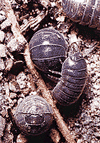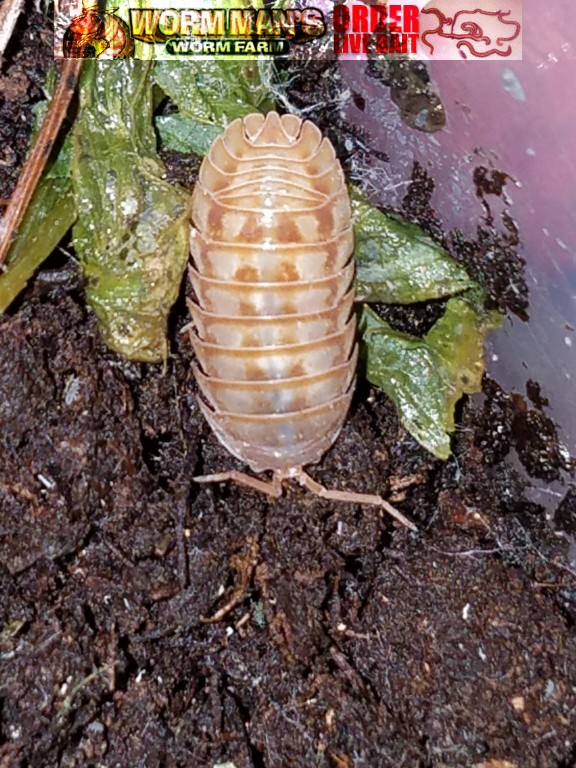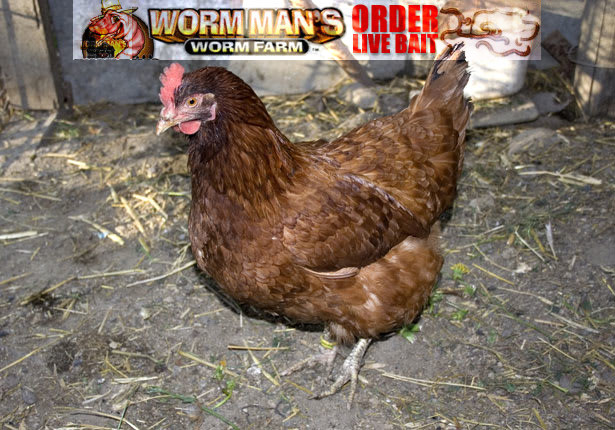
Armadillidium vulgare, also known as the “Pill Bug” and “Rollie Pollie” is a common isopod that rolls into a protective ball when disturbed.
The can get to be almost 3/4 of an inch long. Vulgare is very interesting in that it can tolerate drier conditions and also is known to Sun themselves on cold days. I have caught our Rollie Pollies sunning themselves in our greenhouse on cold days. On hotter days they will hide under rocks and debris.
Rollie Pollies will eat decaying vegetation and have also been known to be found eating rabbit droppings. At least I have caught them hanging out in rabbit droppings. I am guessing that they were eating them.
Rollie Pollies were introduced into the U.S. from Europe and can pretty much be found everywhere. They enter a state of dormancy in winter in order to survive the cold.
Isopod Name: [types field=’Isopod Name’ output=’raw’][/types]
[types field=’image’ alt=’%%ALT%%’ title=’%%TITLE%%’ size=’full’ align=’center’][/types]
Housing: [types field=’housing’ output=’raw’][/types]
Food Preferences: [types field=’food-preferences’][/types]
Temp Requirements: [types field=’temp-requirements’][/types]
Breeding: [types field=’breeding’][/types]
Substrate: [types field=’substrate’][/types]
Difficulty Rating: [types field=’difficulty-rating’][/types]
Size: [types field=’size’][/types]
Humidity: [types field=’humidity’][/types]
Climbing Ability: [types field=’climbing-or-flying-ability’][/types]
[phpbay keywords=”isopods” num=”3″ siteid=”1″ sortorder=”BestMatch” templatename=”default” itemsperpage=”10″ paging=”true”]





